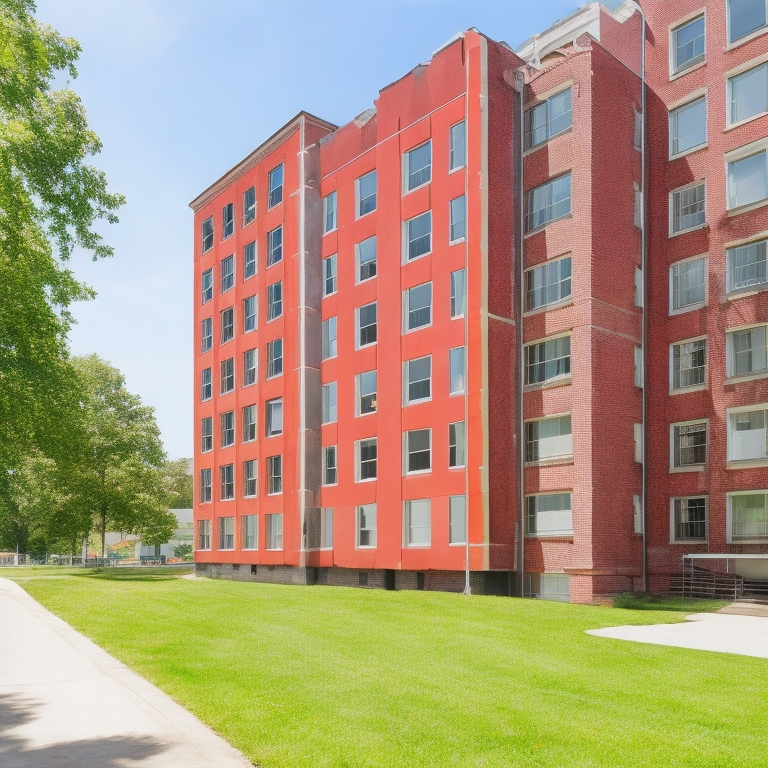What is Affordable Housing? Understanding the Basics and Beyond
Introduction
The term “affordable housing” is often thrown around in conversations about real estate, social welfare, and community planning. But what does it really mean? Is it just about low-cost housing, or is there more to it? In this blog post, we’ll delve into the concept of affordable housing, its various forms, and why it’s crucial for a balanced and healthy society.
What is Affordable Housing?
Affordable housing is housing that is deemed affordable to those with a household income at or below the median as rated by the national government or a local government by a recognized housing affordability index. While the term sounds straightforward, it encompasses a wide range of housing options and depends on various factors, including household income and local living costs.
The 30% Rule
The federal government typically defines housing as affordable when it consumes no more than 30 percent of a household’s income. This means that what’s considered “affordable” is relative to a household’s income. For example, if a family has a monthly income of $5,000, an affordable housing cost for them would be no more than $1,500 per month.
The Continuum of Affordable Housing
Affordable housing isn’t a one-size-fits-all concept. It includes a number of forms that exist along a continuum:
- Emergency Homeless Shelters: These are immediate but temporary solutions for people who are homeless.
- Transitional Housing: This is a more stable form of housing where residents can stay for up to two years and receive supportive services to help them move towards independence.
- Non-Market Rental (Social or Subsidized Housing): These are housing units with rents that are below market rates and are often subsidized by the government.
- Formal and Informal Rental: These are privately owned rental units that are affordable to low and moderate-income households without government subsidies.
- Indigenous Housing: This is culturally appropriate and affordable housing specifically for Indigenous peoples.
- Affordable Home Ownership: This includes programs that make it easier for low to moderate-income families to buy their own homes.
Why is Affordable Housing Important?
Affordable housing is crucial for many reasons:
- Economic Stability: It allows families to budget for other essential needs like healthcare, education, and savings.
- Social Equity: It provides opportunities for lower-income individuals and families to live in communities from which they would otherwise be excluded.
- Community Health: A lack of affordable housing can lead to homelessness and overcrowding, which have negative impacts on public health and safety.
- Workforce: Affordable housing near job centers can reduce commute times and contribute to a more efficient labor market.
–
Affordable housing is more than just a buzzword; it’s a complex issue that impacts millions of lives. Understanding its various forms and the criteria for affordability can help us appreciate the challenges and opportunities that come with providing affordable housing solutions. As communities grow and evolve, the need for a diverse range of affordable housing options will continue to be a priority.
So the next time you hear the term “affordable housing,” you’ll know that it’s not just about the cost, but also about creating inclusive communities and opportunities for all.
Do you have any questions or thoughts about affordable housing? Feel free to share in the comments below!
#RentLife #AffordableHousing #Affordability #Inflation #Housing
